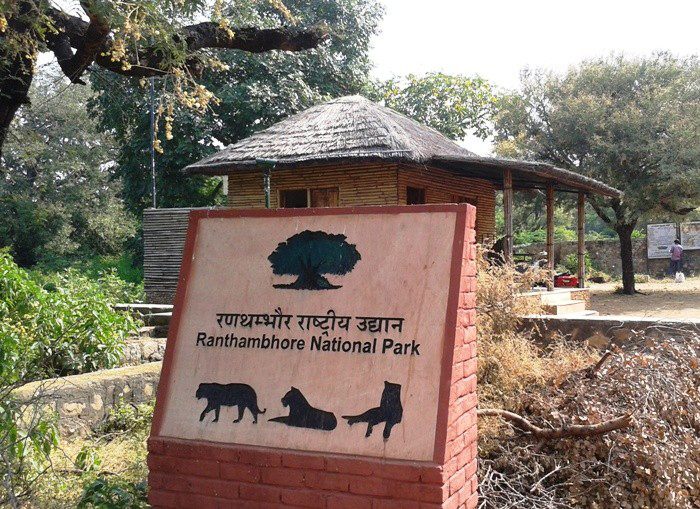
Ranthambore National Park is one of the biggest and most renowned national parks in Northern India. The park is located in the Sawai Madhopur district of southeastern Rajasthan at the junction of the Aravali and Vindhya hill ranges, which is about 130 km from Jaipur. Once considered as one of the famous and former hunting grounds of the Maharajas of Jaipur, today the Ranthambore National Park terrain is a major wildlife tourist attraction that has drawn the attention of many wildlife lovers. Sighting the royal bengal tigers in this popular national park of India is one of the top activity. Amongst other activities in Ranthambore National Park are jeep safari and canter safari that promise the best wildlife sighting experience. Hiking up to the 10th Century UNESCO World Heritage Site of Ranthambore Fort is a unique experience to have in the wildlife reserve. While, birding along the lakes of Ranthambore is yet another enjoyable activity to indulge in. Photography is another top activity in Ranthambore that boasts great opportunities for tiger, birds and landscape photography.
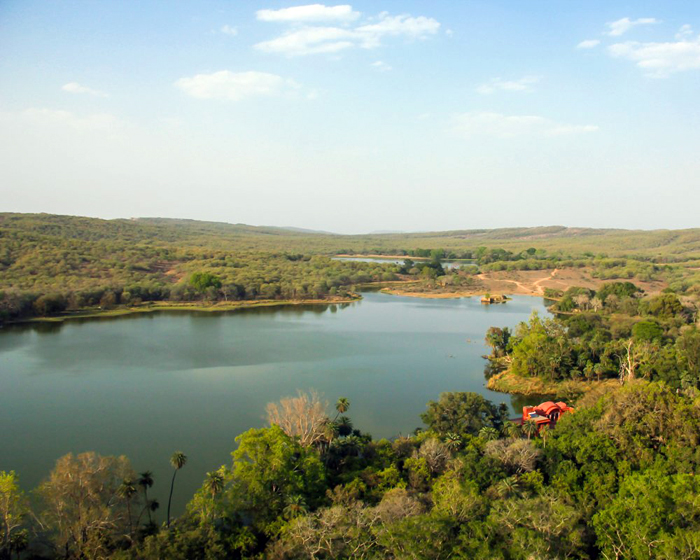
Ranthambore National Park was established initially as Sawai Madhopur Game Sanctuary in 1955 by the Government of India. In 1973, it was declared as one of the Project Tiger reserves in India. It was on 1st November, 1980 that Ranthambore was declared a national park, while the forests located beside it were named Sawai Man Singh Sanctuary & Keladevi Sanctuary. The park covers an area of approximately 400 sq km, and if combined with the area of Sawai Man Singh Sanctuary area, is around 500 sq km. There are numerous water bodies scattered all across the park, which provide perfect relief to the wild animals during the scorching hot days in summers. A huge fort, after which the park is named, towers over the park atop a hill. There are many ruins of bygone eras scattered all over the jungle, which give it a unique, wonderful and mixed flavour of nature, history and wildlife. Tigers at Ranthambore National park have been known to even hunt in full view of human visitors.

Ranthambore National Park in Rajasthan is primarily known as the home to Royal Bengal Tigers. Other than this, the national park also boasts being home to a large number of mammals, reptile, and bird species. The popular wild animals in Ranthambore includes Tigers, Leopards, Striped Hyenas, Sambar deer, Chital, Nilgai, Common or Hanuman langurs, Macaques, Jackals, Jungle cats, Caracals, Sloth bears, Black bucks, Rufoustailed Hare, Indian Wild Boar, Chinkara, Common Palm Civets or Toddy cat, Coomon Yellow Bats, Desert Cats, Fivestriped Palm Squirels, Indian False Vampires, Indian Flying Foxes, Indian Foxes, Indian Gerbilles, Indian Mole Rats, Indian Porcupines, Longeared Hedgehogs, Ratels, Small Indian Mongoose, Small Indian Civets and Common mongoose. There are about 539 species of flowering plants in Ranthambore National Park. The Dhok tree is the most common type of tree that dots the national park apart from it, mango, tamarind, and banyan are amongst the other tree species that can be found in abundance here.
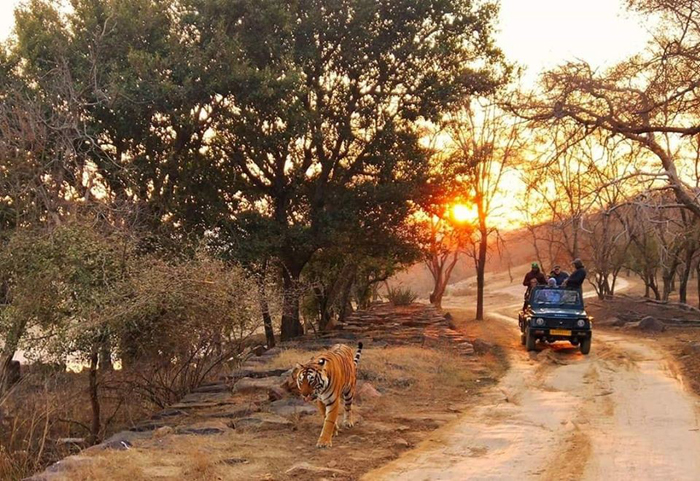
There are 10 safari zones in Ranthambore National Park: Zones 1-10. Although the park initially had just 5 Zones, the other 5 were added as it grew in popularity. Even though it is believed that Zones 1-5 are the best for spotting tigers, Zones 6-10 also offer sufficient opportunities for tiger sighting. Among these, Zone 2, dotted with numerous water holes, is the most important zone in the park where several animals are regularly spotted, including leopards. Zone 6 Kundal is different from all the other zones, both in terms of its landscape & the opportunities for spotting birds, including the endangered Red Headed Vultures. The Jungle Safari Timings in Ranthambore National Park for both the entry & exit varies according to the season. The morning jungle safaris are conducted from 7:00 AM to 10:30 AM, while the evening jungle safaris are conducted from 2:30 PM to 6:00 PM. The timings may vary a little depending on the particular season.

The popular wildlife destination in India, Ranthambore National Park remains open between October and June. During the months of July to September the park remains closed but all the buffer zones, Gate 6-10 remains open for the tourist to enjoy the wildlife at Ranthambore Tiger Reserve. The winter season between October and March is considered the best time to visit Ranthambore National Park due to the pleasant weather condition. During this season, animals can be seen in the broad daylight basking under the sun.
Ranthambore, the popular wildlife attraction in Rajasthan, is well connected with all the major cities in India. However, the easiest way to reach Ranthambore National Park is to take a train to Sawai Madhopur Railway Station, which is connected to cities like Jaipur, Mumbai, and Delhi. If tourists are travelling by air, then Jaipur is the nearest airport, which is well connected to the major cities of India.





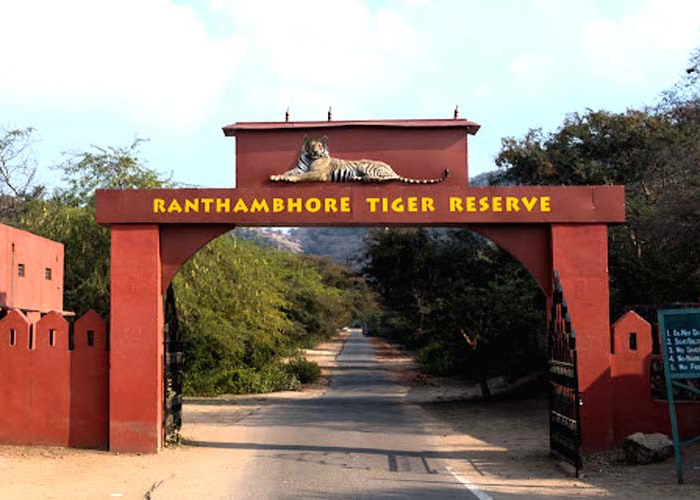


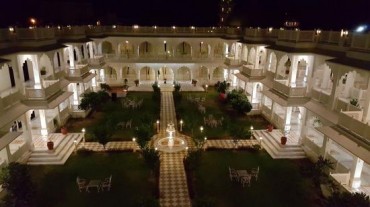
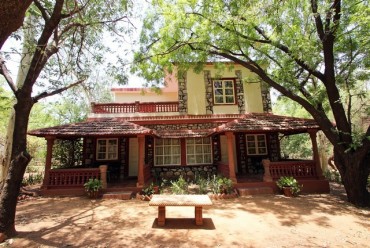

 EN
EN